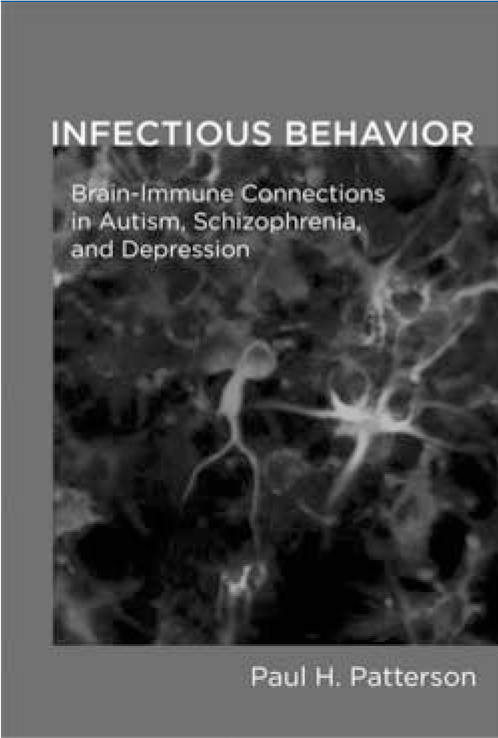
In Bristol in the 1920s, W. L. Templeton attempted to treat patients with chronic schizophrenia by infecting them with malaria. This became known as pyrotherapy. Fast forward a century and there is renewed interest in the involvement of infection and the immune response in major mental illness. A number of encouraging trials on the antibiotic minocycline in treating schizophrenia symptoms have recently been done and further studies are underway. One suggested mechanism of action is minocycline's purported antiinflammatory effect. The involvement of an immune response in schizophrenia, autism and depression is the core hypothesis in this book by Paul Patterson, a developmental neurobiologist at Caltech.
Drawing on epidemiology, animal models of mental illness and, fascinatingly, the ‘crosstalk’ between the immune system and the brain, the book develops on the theme of the fetal environment and maternal infection at this time, the resulting effect on gene expression (the increasingly popular field of epigenetics) and subsequent development of mental illness. A clear parallel can be drawn with the so-called ‘Barker hypothesis’ in explaining the relationship between birth weight and a number of diseases, including heart disease and breast cancer.
The link between maternal infection in pregnancy and schizophrenia in particular has been investigated for many years but seems to have gone out of fashion with the rise of genetic research and imaging studies. The author makes a convincing argument for the sometimes pathological involvement of immune response in neurodevelopment and, importantly, revisits the epidemiological evidence for the involvement of infection in the aetiology of mental illness. Furthermore, specific gene-environment interactions are explored. Recent findings of there being considerable overlap in the genes involved in a variety of neurological and psychiatric conditions at first glance fits comfortably with the theory proposed, since the timing and type of infection or stressor will result in different phenotypes.
It is a shame that the references are limited and poorly signposted and that statements are sometimes made as fact rather than with appropriate caution. No doubt this is to make the book more accessible to the general public for which it was partly intended. Overall, however, the author makes an admirable attempt at a ‘grand unified theory’ to provide a common pathway for a variety of risk factors such as urbanisation, maternal infection, stressful life events and genetic predisposition in the development of mental illness.



eLetters
No eLetters have been published for this article.